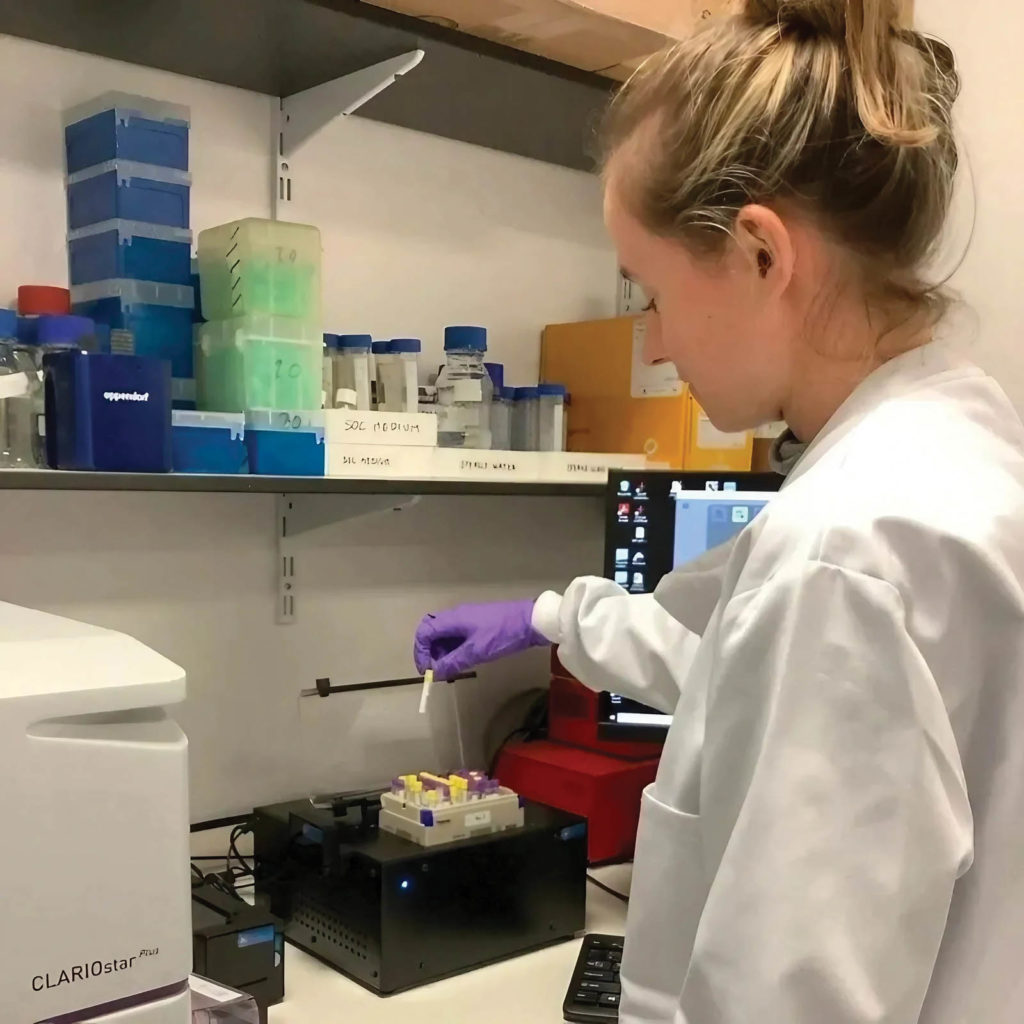
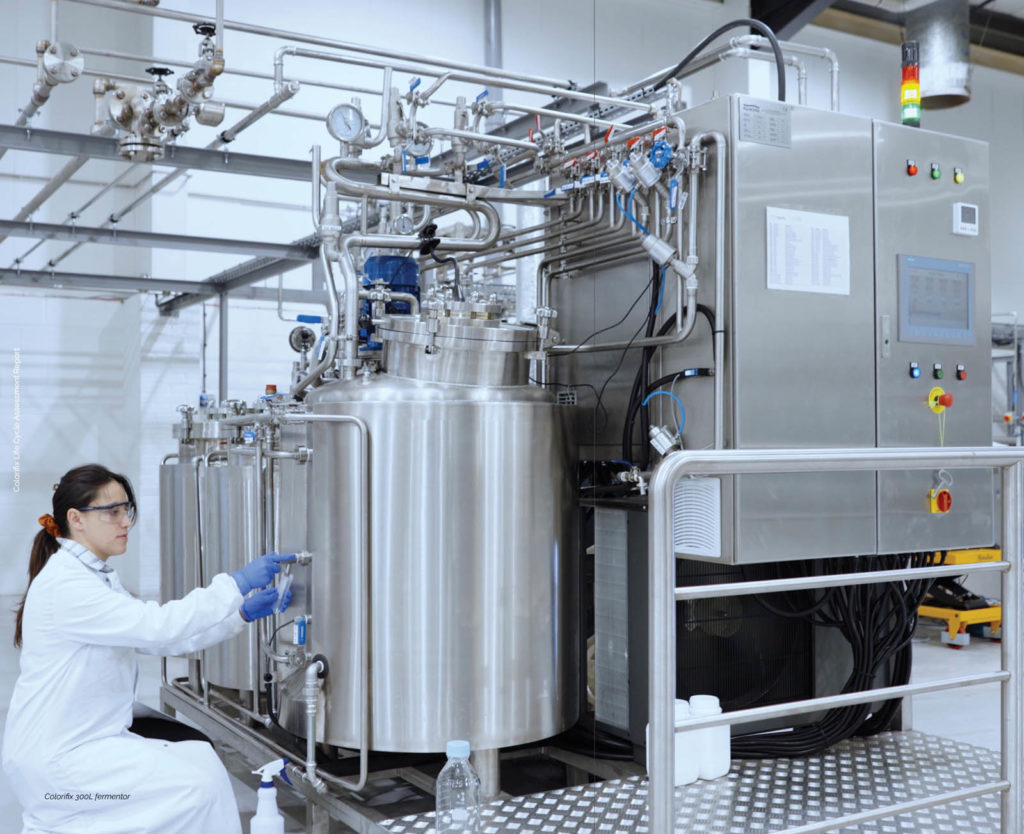
Fabric dyeing is one of the more polluting industrial processes, using many toxic chemicals and more than 1.3 trillion gallons of water annually. Colorifix, based in Norwich, U.K., is the first company to develop an entirely biological process to produce, deposit and fix pigments onto textiles. The company uses DNA sequencing to replicate colors that appear in nature, genetically modifying bacteria to “grow” a dye in the chosen shade. The technology replaces the need for synthetic chemicals and also requires less water and emissions than traditional dyestuff, the company says. Microorganisms are carefully selected from a vast library of biological samples, which are then grown in their laboratories and fermented at a larger scale. This fermentation broth is then used to dye fabrics the desired color. The process uses no toxic chemicals, produces zero toxic waste, and dramatically reduces electricity and water use compared to traditional synthetic fabric dyeing.
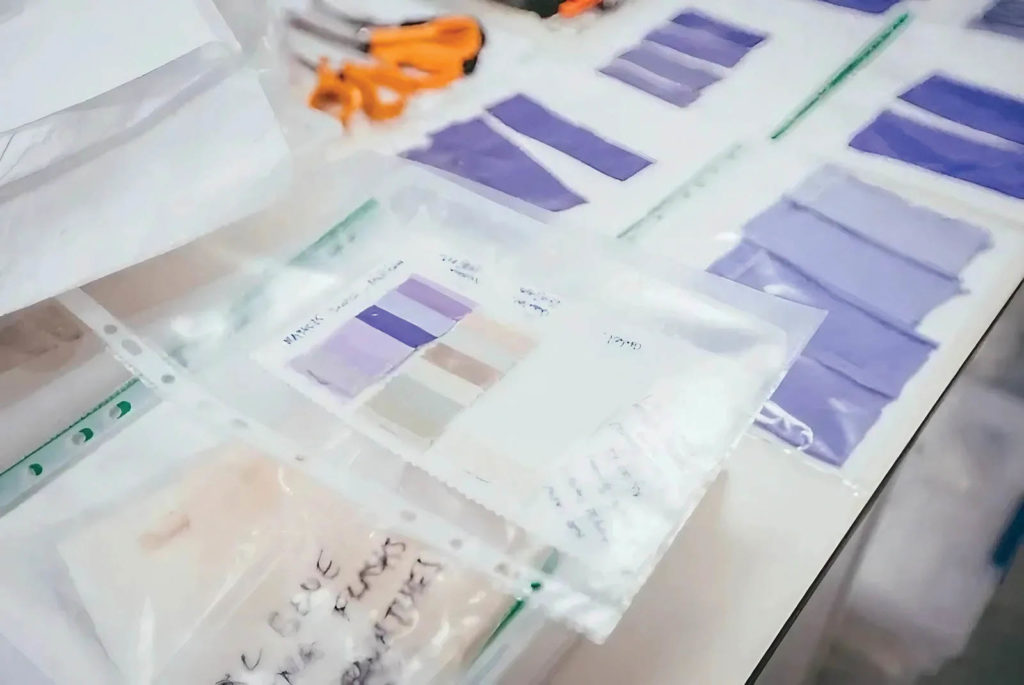
“Our large library of bacterial strains and DNA samples is stored in 2D barcoded tube racks,” says Will Alexander, a senior lab technician at Colorifix. Traditionally, selection and management of these samples had been a time-consuming and error-prone manual process, but a special barcode reader and automated tube picker have increased the throughput of the tube selection process. “Our libraries of biological samples are rapidly expanding at an exponential rate. Therefore, it was crucial for us to implement a precise, reliable and fast sample management system in advance of our reference collection becoming much larger,” he says.

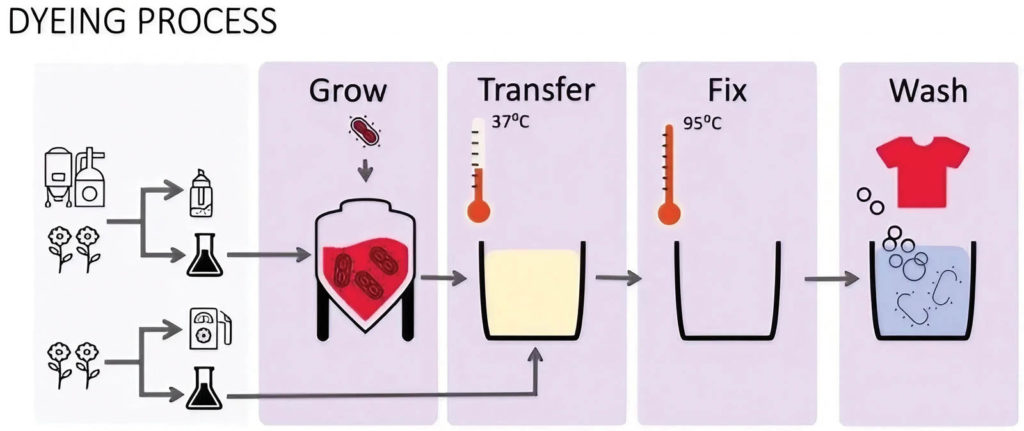

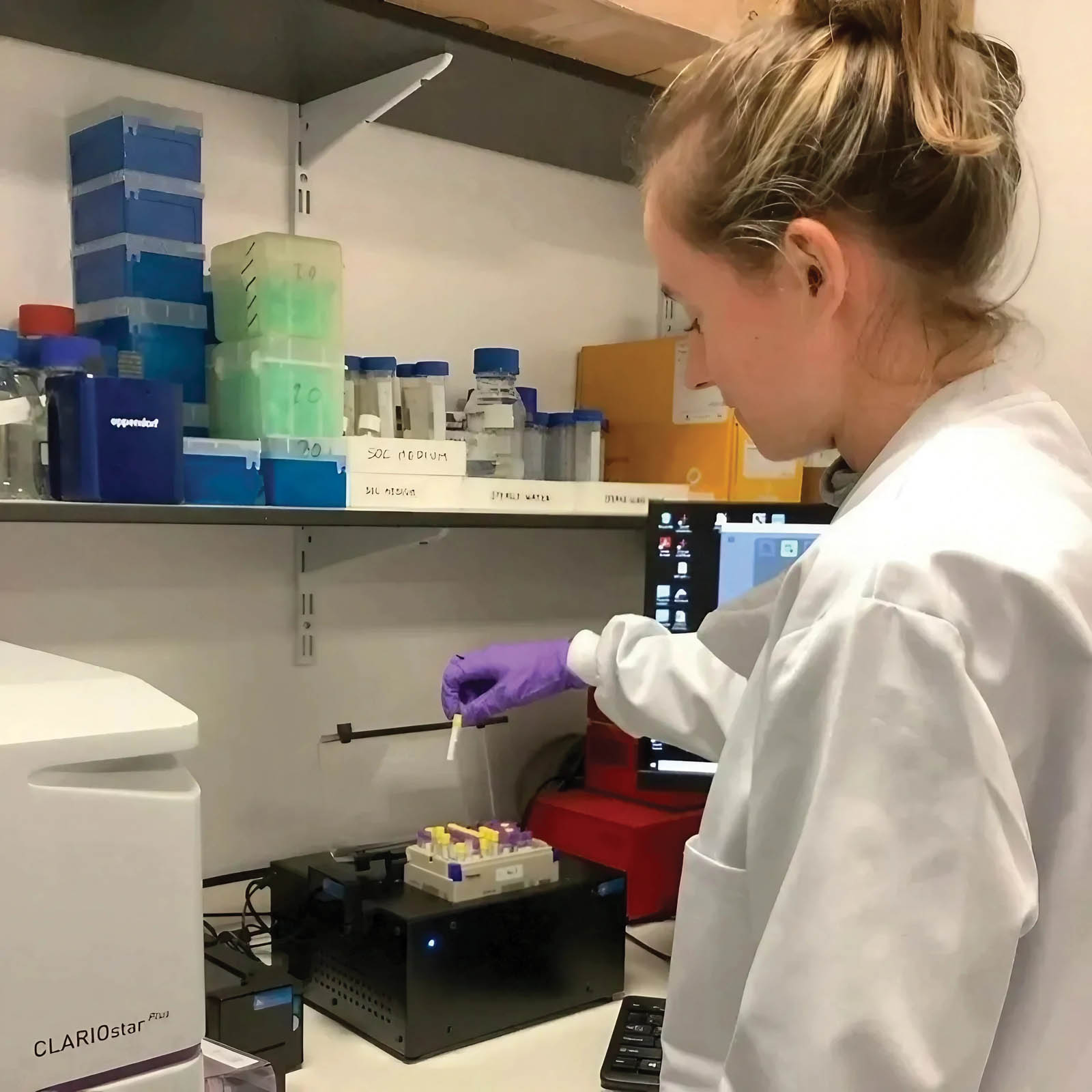






Leave A Comment